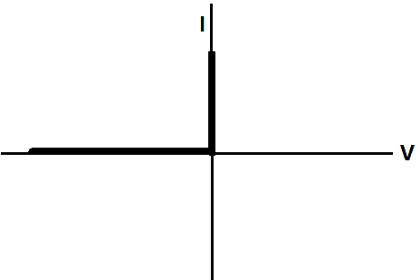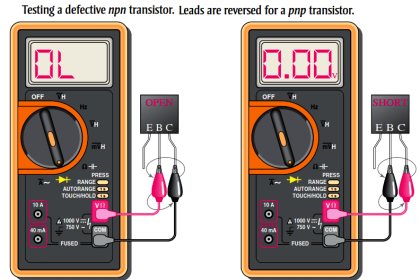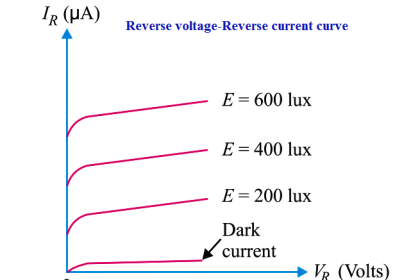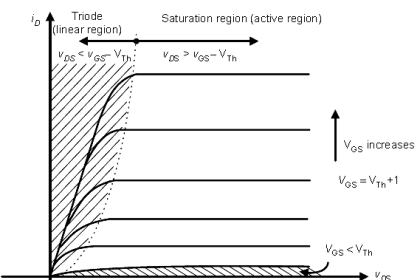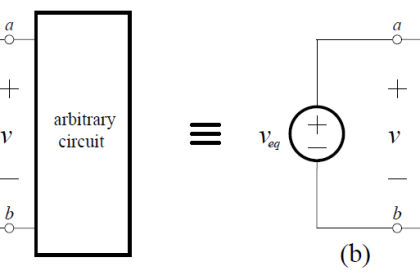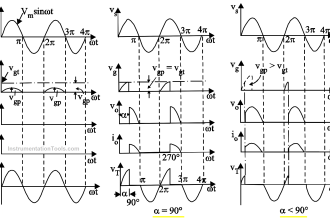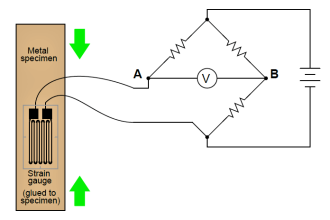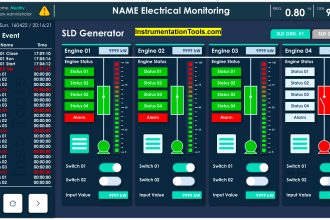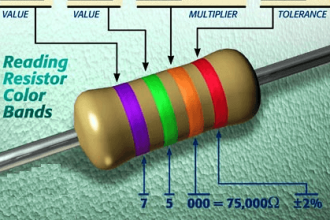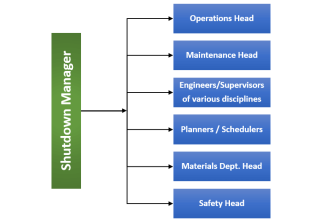A transistor raises the strength of a weak signal and thus acts as an amplifier. The Below Fig shows the basic circuit of a transistor amplifier. The weak signal is applied between emitter-base junction and output is taken across the load RC connected in the collector circuit.
In order to achieve faithful amplification, the input circuit should always remain forward biased. To do so, a d.c. voltage VEE is applied in the input circuit in addition to the signal as shown. This d.c. voltage is known as bias voltage and its magnitude is such that it always keeps the input circuit forward biased regardless of the polarity of the signal.
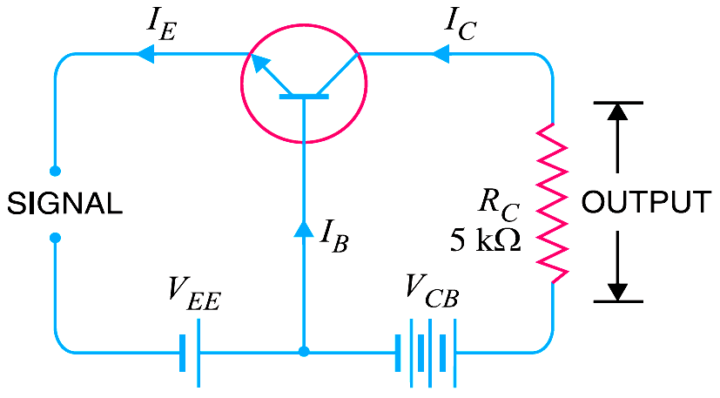
As the input circuit has low resistance, therefore, a small change in signal voltage causes an appreciable change in emitter current. This causes almost the same change in collector current due to transistor action. The collector current flowing through a high load resistance RC produces a large voltage across it. Thus, a weak signal applied in the input circuit appears in the amplified form in the collector circuit. It is in this way that a transistor acts as an amplifier.
